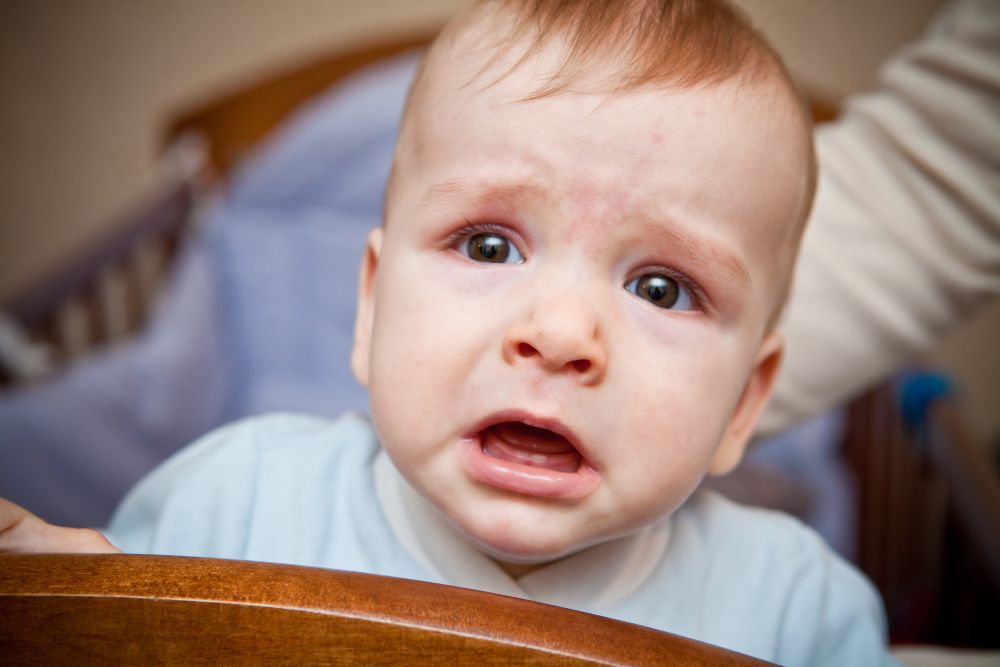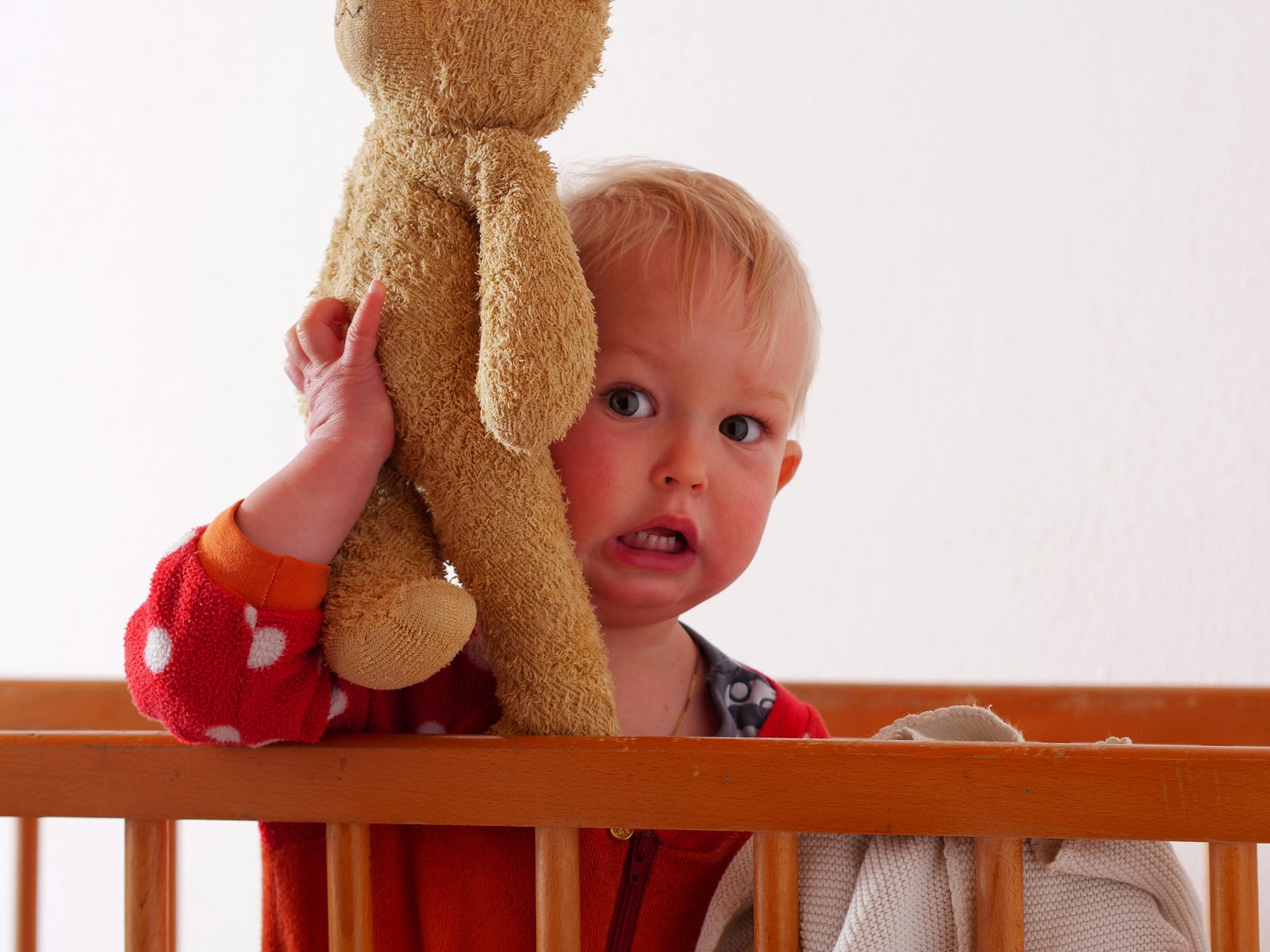Newborn Hair: Everywhere or Barely There, It's All Normal
Table Of Content

Sometimes, the genes have a dormant effect of keeping the curls latent. But under favorable conditions, when appropriate stimuli are given, the curls start to express slowly. With straight hair, detangling is easier, and styling the hair. Even parting the sides is far easier in the case of straight hair than curly ones. We hope this article has helped explain how ultrasounds show developing hair and how that image compares to the hair your baby will be born with.
Lanugo
A healthy, uncomplicated pregnancy usually requires 1-2 ultrasounds. While you might see hair on an ultrasound, it is not clear enough to predict how much hair your baby will have at birth. The main difference between 3D and 4D ultrasounds is that with 4D ultrasounds, you’re able to see your baby move in real time.
The 4 Best Hair Growth Products For African American Hair Types
All babies will have their hair in eventually, and before you know it you’ll be bribing them to let you brush their hair or planning a first haircut. Dr Amy Revene M.B.B.S. graduated from the University of Sharjah in the United Arab Emirates. She is currently working as a General Physician at New Hope Medical Center. Amy has a passion for research and offers her expertise and opinions to help people in their quest to lead healthy, happy lives. For those seeking a more lasting solution, professional laser hair removal might be the answer.
Hair Milestones in Early Childhood
That is to say, these babies can have either curly or straight hair or something in between. Yes, even if both parents have straight hair, one out of four kids may get curly hair. So, it is not unlikely that your baby’s hair pattern may change in the future. Therefore, genetic makeup is essential for determining your baby’s hair’s present and future quality.
Hereditary Pregnancy Conditions - Health.com
Hereditary Pregnancy Conditions.
Posted: Mon, 25 Jul 2022 07:00:00 GMT [source]
Baby and toddler allergies: How they develop and how they're treated - Baby Center
Baby and toddler allergies: How they develop and how they're treated.
Posted: Wed, 04 May 2022 07:00:00 GMT [source]
Still more studies have found that these same hormones can play a role in how much hair fetuses grow in the womb. And if you haven’t already been there, done that, believe us when we tell you that labor and delivery are stressful events for everyone involved, including your baby. One theory is that this stress may contribute to telogen effluvium and hair loss. Most hair loss happens in the first 6 months of life, peaking at about 3 months, say the experts at Oregon Health and Science University. Babies typically lose hair in the first months of life due to various reasons, including friction from laying on a crib mattress.
Can a baby with straight hair be born to parents with straight hair?
Even if your baby is totally bald when she’s born, the seeds of her future locks have long been planted. Hair follicles start to develop by week 14 or 15 of pregnancy, setting the stage for future strands to sprout. Your baby’s body hair is usually shed around the 24th to 28th week of pregnancy. This means it’s gone before birth, although some premature babies are still covered with lanugo hair.
There’s no telling how much hair a little one will have and when it will start to come in. What we do know is that all babies will have hair eventually. Another distinction lies in the appearance of the hair ends. Broken hairs typically have a kinked, irregular appearance with strands of varying lengths due to damage. Understanding the underlying cause of your hair loss is absolutely necessary in determining the best approach to halt and reverse any further damage to your hair and scalp. In this situation, most parents are in a very tough position.

But some little ones enter the world with a lush head of locks that would make Rapunzel jealous. And is there any way to guess whether your baby will be bald or perfectly coiffed? Whether your baby is born bald and stays that way for a while or comes out with a long, luxurious mane, her hair situation will likely change.

Tips for managing baby hair
What you’re seeing might be a temporary type of hair called lanugo. This is a skin condition that leads to patchy bald spots on the head. Alopecia areata is caused by a defect in the immune system that causes it to attack and destroy healthy hair cells. Research published in 2002 notes that it’s very rare in children under 6 months, but there have been reported cases. Thanks to the umbilical cord, the same hormones that were pulsing through your body during pregnancy and giving you that supermodel head of hair were pulsing through your baby’s, too.
It will decide what kind of hair your baby will get in the future. After you bathe your baby, observe when the hair is wet and when it starts to dry up. If the hair strands dry up, making a loop pattern or even becoming bent at the end, your baby has curly hair. But if the strands remain straight or as it is, it has straight hair. This small study highlights the impact of maternal hormones and race/ethnicity on hair growth in newborns. In order to understand both the role of hormones and skin complexion, it is first important to understand the fetal and newborn hair growth cycle.
So how do these phases apply to the small study we discussed earlier? Well, the presence of heartburn may mean a woman has more estrogen. Newborns with darker skin color are slower to move to the telogen or resting phase where hair falls out. Interestingly, whether or not your newborn’s hair falls out, it may soon look different.
The number of hair follicles a newborn develops in utero can be different between newborns, but it remains the same after birth. After birth, hair that has developed on the front and sides of the head is entering the telogen phase where it is shed. At this same time, a newborn has hair growth on the back of the head that is entering the anagen or growth phase and will fall out at 8 to 12 weeks after birth. With all the changes that happen to baby hair during those early years, it’s only natural to wonder how you can keep those little locks healthy and fresh. Luckily, there are a number of things you can do to promote baby’s hair growth.
Comments
Post a Comment